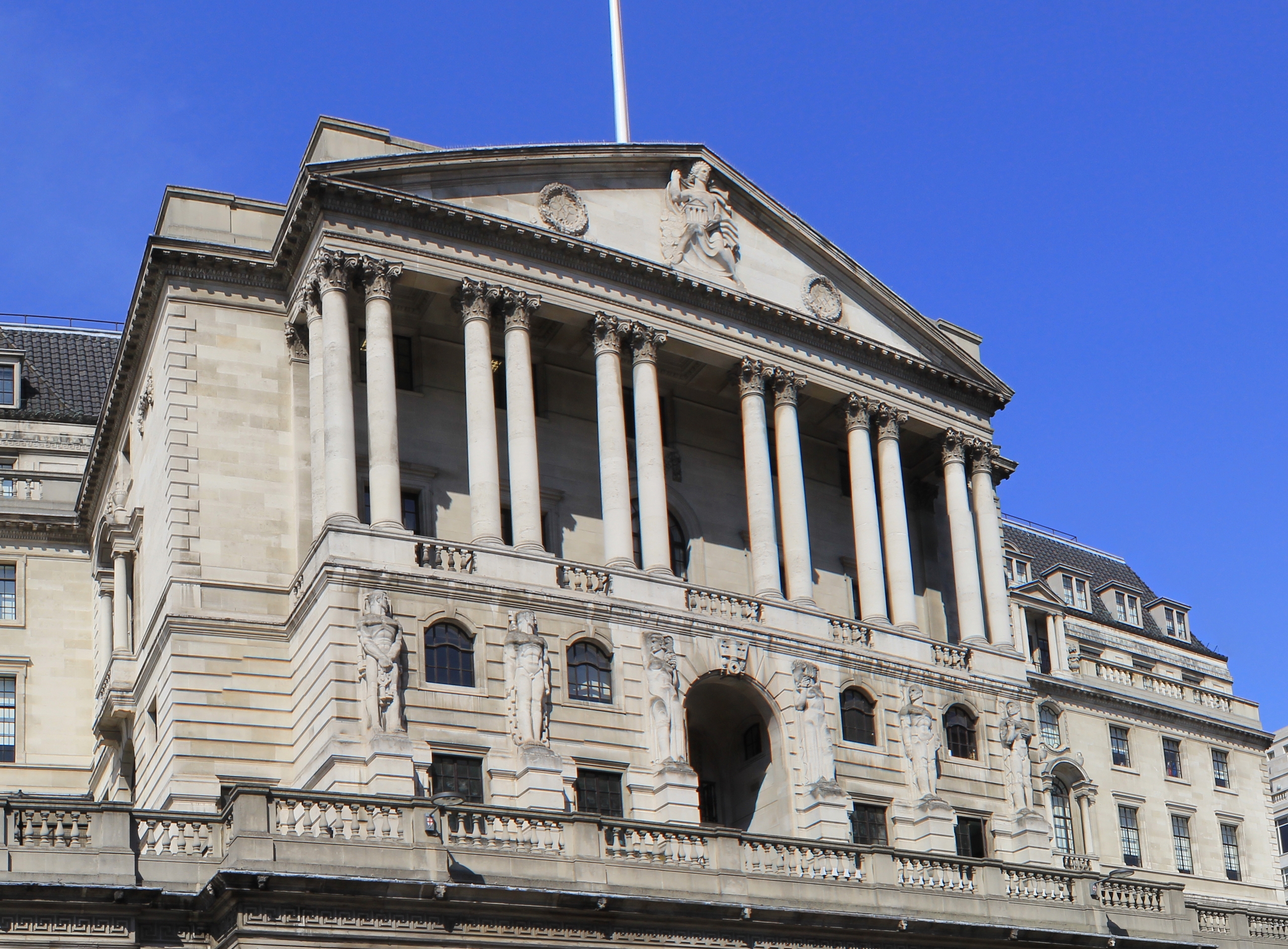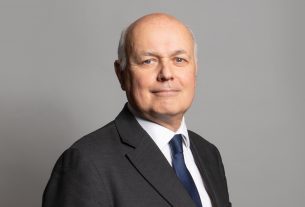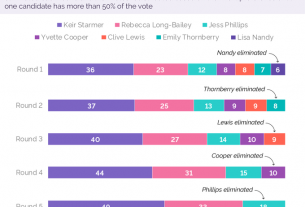The Bank of England (BoE) is mulling over slashing key policy rates to below zero as part of its efforts to support the UK economy.
In a television interview on Tuesday, BoE Deputy Governor Ben Broadbent said that the central bank was open to the possibility of negative interest rates, but that it was a question that’s been thought on and off since the financial crisis.
“It is quite possible that more monetary easing will be needed over time,” Broadbent told CNBC.
“The committee [is] certainly prepared to do what is necessary to meet our remit with risks still to the downside,” he added.
It can be recalled that the central bank’s Monetary Policy Committee last Thursday voted in favour of keeping interest rates unchanged at its lowest level of 0.1% after trimming rates twice from 0.75 per cent since the virus outbreak.
The bank said that the policy was in place to help reach its inflation target of 2%, adding that all monetary actions were for the revival of the UK economy.
Broadbent said, however, that the BoE’s decision will not be pressured by its global counterparts which have earlier trimmed rates to below zero.
Negative rates pose both advantages and disadvantages, including spurring lending through penalising banks for sitting on money while limiting their profits through lending and lower interest on account owners’ deposits.
“These are the balanced questions the committee has to think about and…has been thinking about for the past decade,” Broadbent said.
In a separate comment, BoE Governor Andrew Bailey said he was not in favour of bringing policy rates to negative levels. He did not elaborate.
Meanwhile, the BoE warned the risks of longer-term damage to the economy such as lower economic growth, higher unemployment rate, and that businesses might struggle to recover.
It said it was expecting gross domestic product shrink by 14% and “sharply” during the first half of the year alone, while unemployment rate was seen to rise to 9%.
Economic output in the second quarter alone was projected to plunge by 35%.
Along with two previous rate cuts, the BoE had announced £200 billion of new quantitative easing (QE) that brough its total bond-buying program to £645 billion. Under the QE, the central bank creates digital money to be used to purchase bonds—mainly government gilts—in the secondary market.




